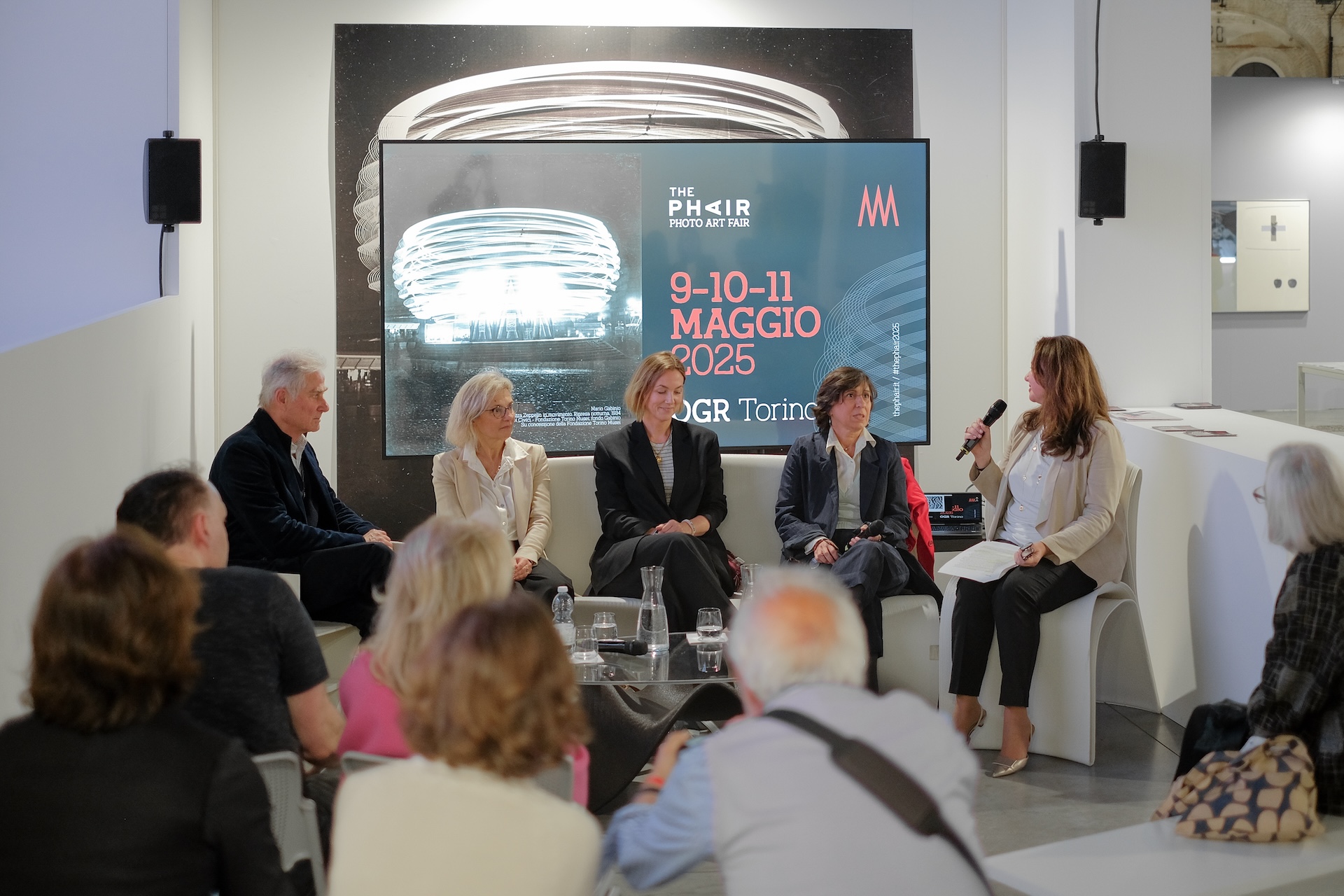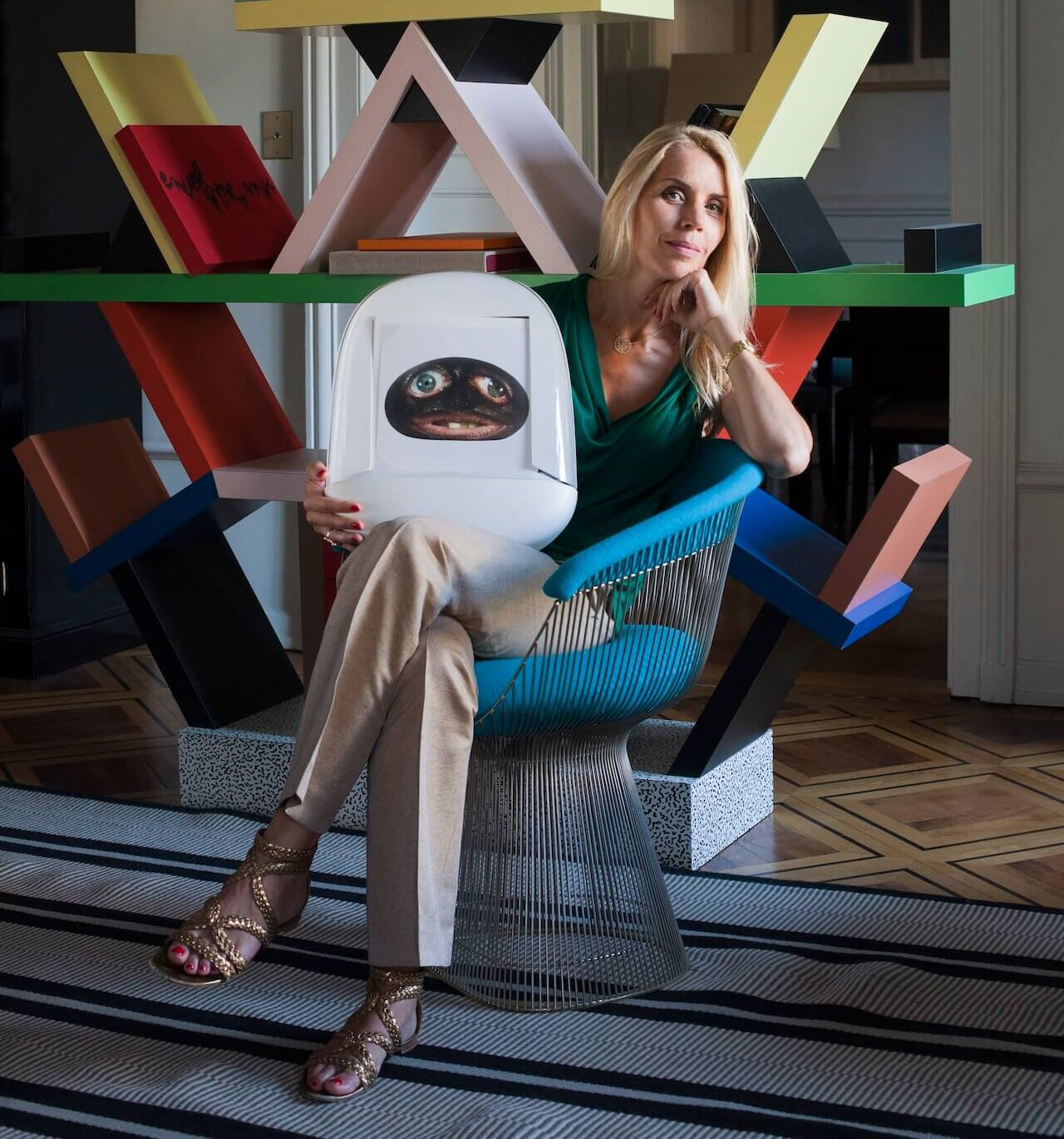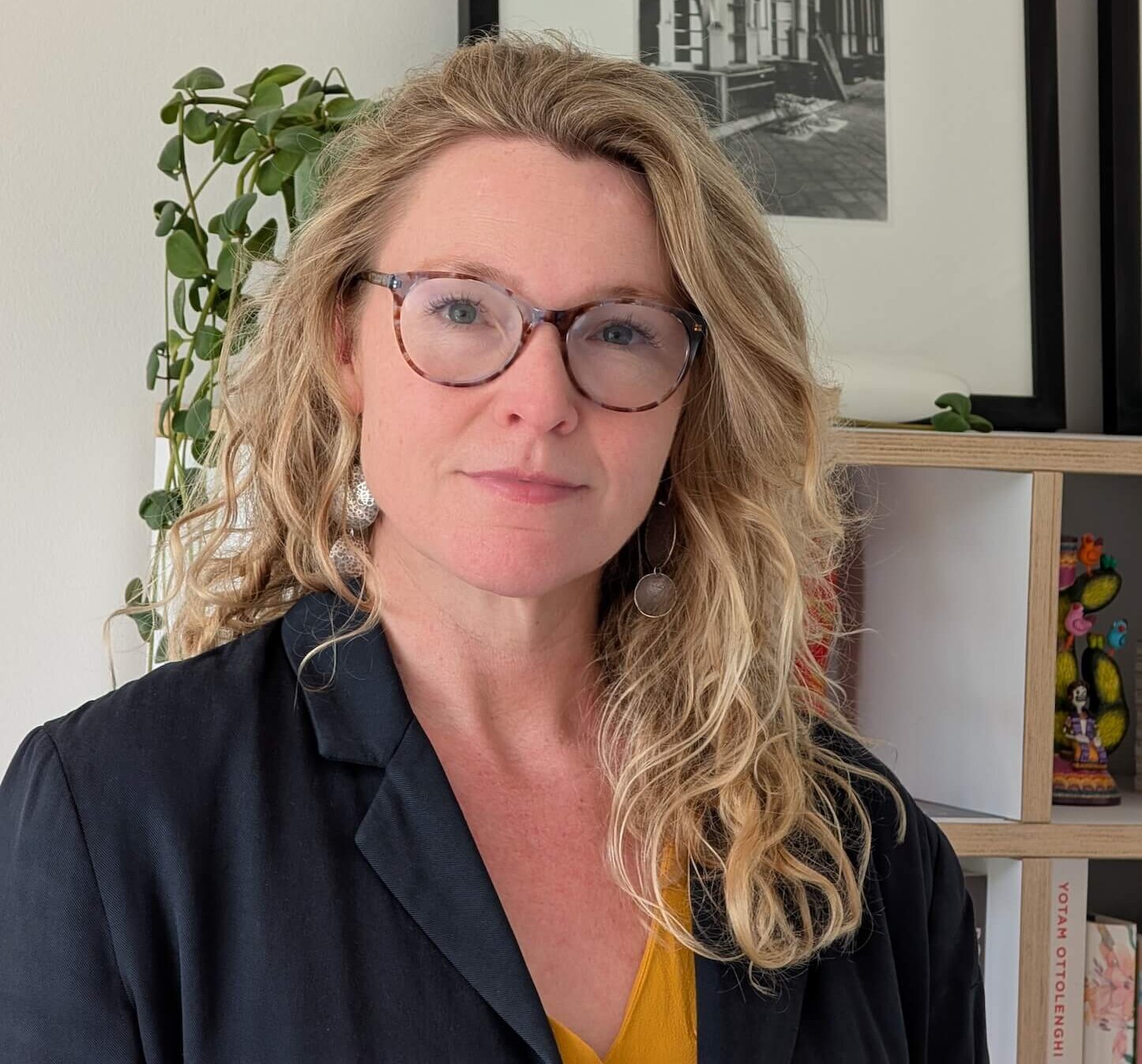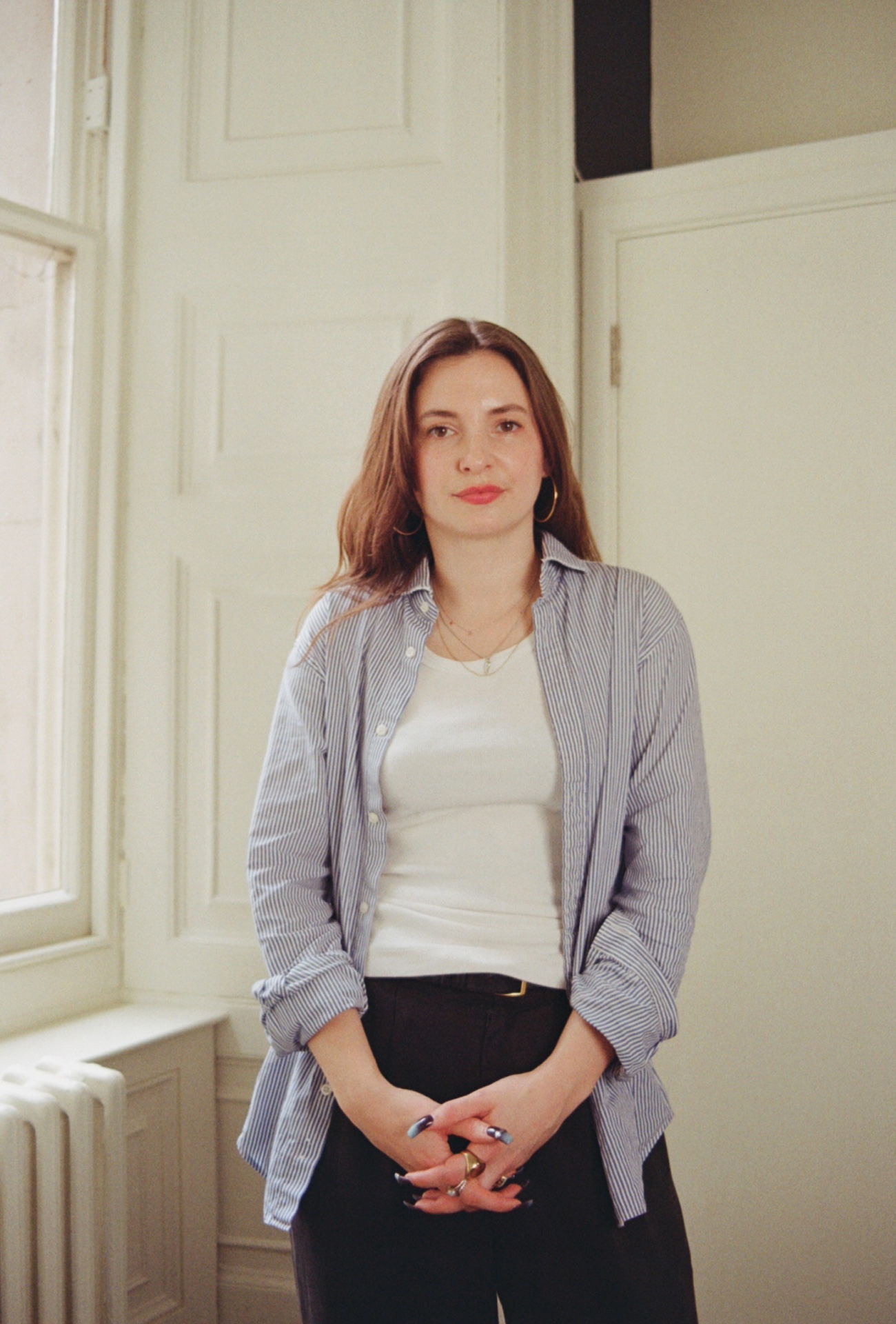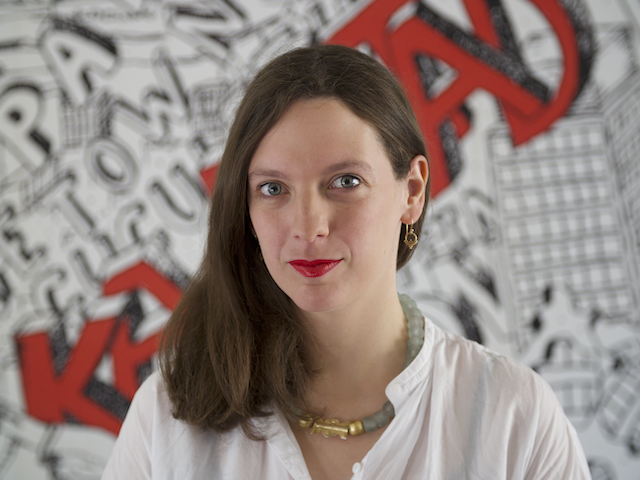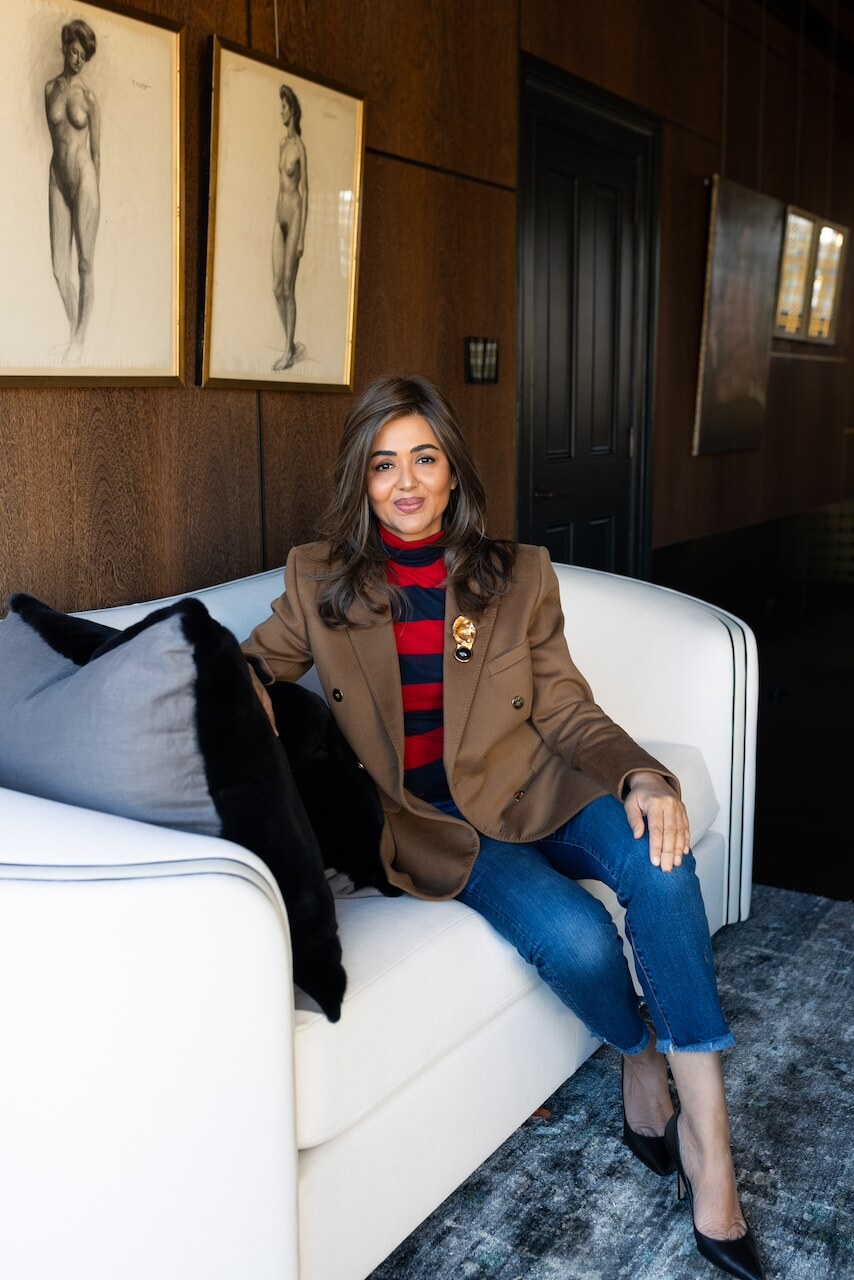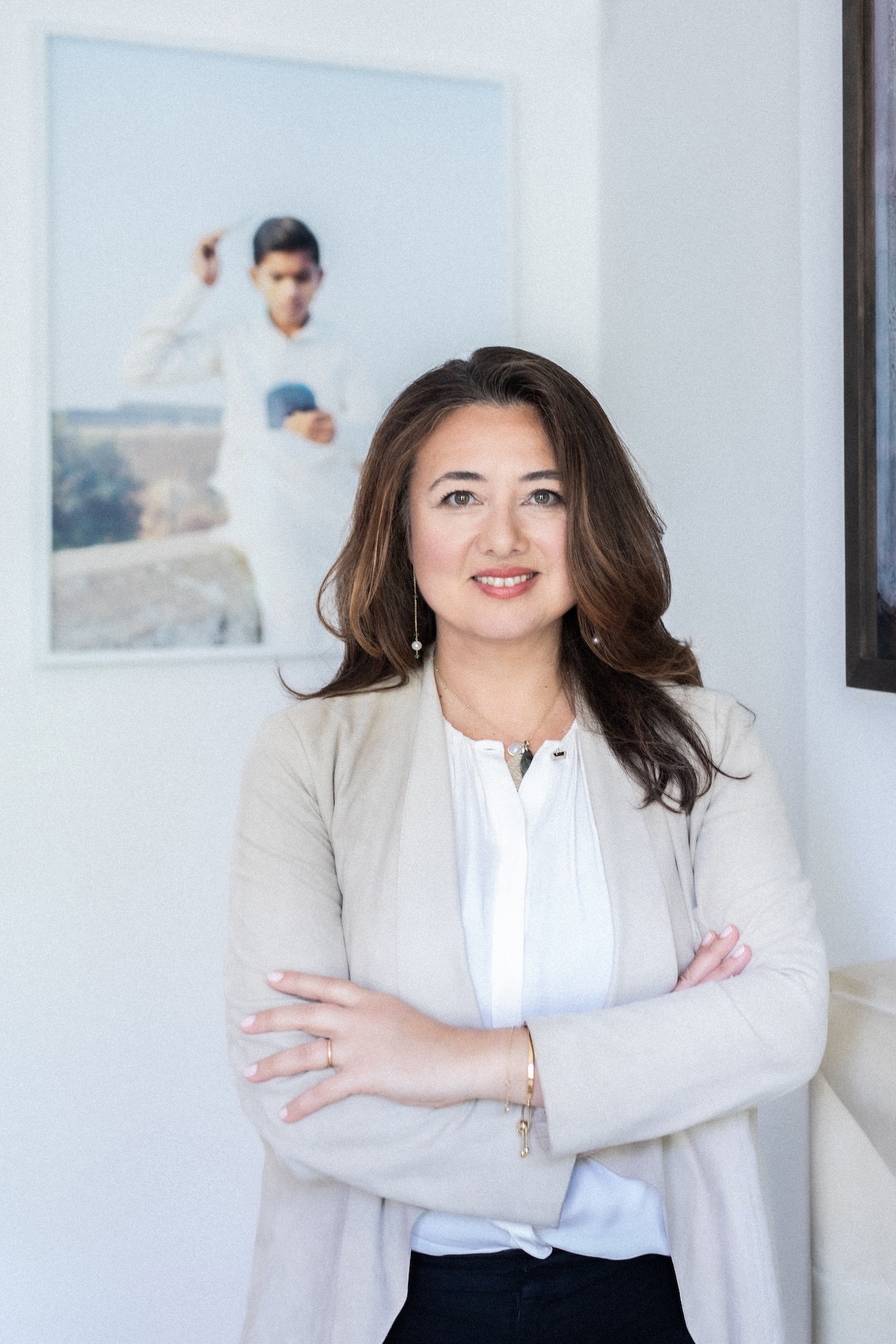

Interview: Photography Curator and Advisor, Francesca Filippini Pinto
THE WICK: Talk us through your typical Monday.
Francesca Filippini Pinto: As an independent advisor and curator, no day is ever the same! Once the school run is over though, I enjoy a calm hour at home mapping out main tasks for the week in my notebook – I have a visual system of eight sections on a page, which allows me to spot at a glance priorities and immediate tasks. I refer to it over the course of the week and it keeps me on track! I also always reserve two “slots” a day for business development activities – a visit to an artist studio, for example, and a lunch with a potential prospect – who may be an individual client or corporate contact. I also always make time to guide young artists or younger professionals who need advice – I am a big believer in helping others up the ladder, and I find it very inspiring and energising as well!
TW: You began your career at Morgan Stanley and spent a decade there, ultimately becoming Vice President. What prompted your move from finance into the cultural sector and in what ways has your background in finance prepared you for your work in the art and photography world?
FP: Growing up in Italy, art is always at your doorstep! My region of Le Marche was home to Raphael and is awash with Renaissance palaces, incredible churches and exquisite ceramics. Art was always my passion, but somehow I never thought of making it into a career until later on…after 12 years spent in finance my heart caught up with me, and I decided to completely pivot, pursue a Master in Contemporary Arts and switch sectors. I am very grateful though for the years spent working in business – Investment Banking is an incredible training ground. Financial acumen, business sense, people management skills, problem solving are all very transferable skills, which have really helped propel my career in the arts, allowing me to cover positions which straddle the worlds of business and art – first as Head of Development at The Photographers’ Gallery, then as General Manager for Christie’s South Kensington and more recently as Global Gallery Director for Magnum Photos.
TW: Each of these organisations – Magnum Photos, The Photographers’ Gallery and Christie’s – brings a distinct perspective: from storytelling and public engagement to the art market. What has been your biggest learning?
FP: Relationships are at the centre of everything – be it with visitors, clients or collectors. Only when an organisation puts people first is it truly successful – it starts with its employees, and it percolates through every activity: the way in which a museum engages with its visitors, especially the ones from most disadvantaged socio- economic categories; the attention a commercial business puts in servicing its clients and engaging with its various followers. I have been lucky enough to work in a number of successful organisations, and the one thing they have in common is the attention and care which they place in managing both their people as well as their outside constituencies.
TW: For photographers looking to get on the map what would your top piece of advice be?
FP: Talent is not enough to succeed – your art needs to be visible! Participate in portfolio reviews, submit your work to quality competitions, be present at industry-convening moments (such as the Arles Photo Festival), attend openings and key lectures, post on Instagram! The photographers who have the most successful careers are often the ones who are indefatigable in showing up and talking about their work, the ones who network with industry professionals, the ones who just go ahead and self-publish books and zines instead of waiting to be “discovered.”
“Photography, and the arts at large, not only hold up a mirror to who we are, but show us that different futures are possible.”


